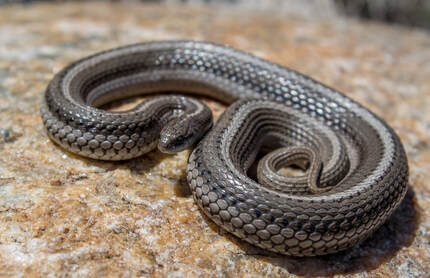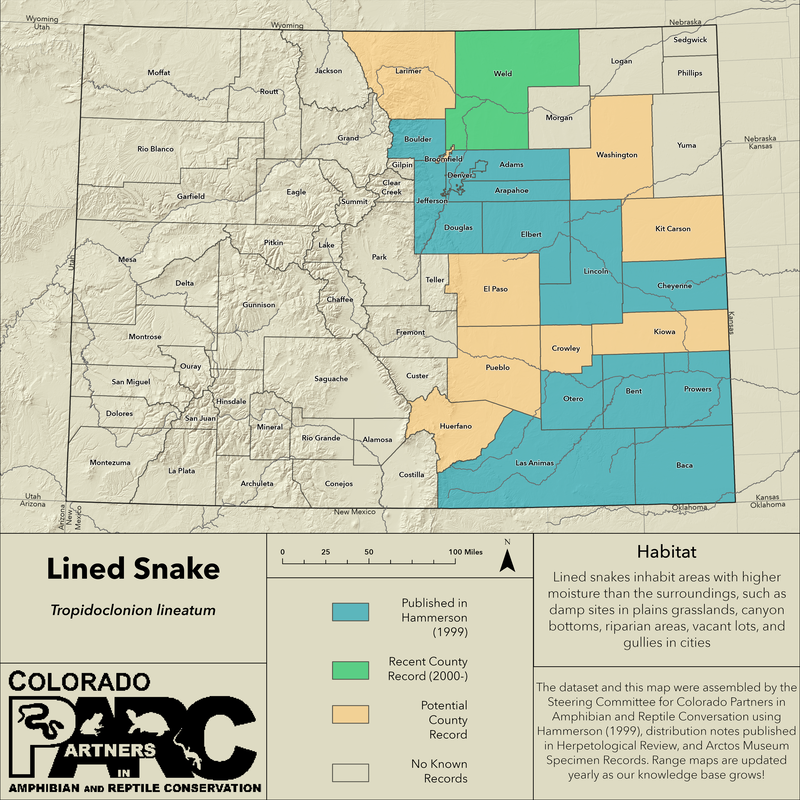|
Identification:
Distribution: Occurs throughout most of eastern Colorado at elevations below 6,000 feet (1,830m) (Hammerson, 1999). The most abundant population occurs in the canyons of southeastern Colorado though they can also be locally common. (Hammerson 1999)
Activity: In Colorado, lined snakes will begin to emerge from hibernation in late March or early April and remain active into October. These snakes are primarily nocturnal, though some have been observed basking in the morning (Hammerson, 1999). They are most active after rains where they will hunt for their prey (earthworms). (Hammerson 1999)
Conservation Status: Listed as a non-game species in Colorado. Lined snakes appear to be locally abundant in their range and do not appear to be significantly threatened (Hammerson, 1999). This species can be resistant to moderate habitat degradation.
NatureServe rank: G5 (Globally Secure), S3 (State Vulnerable). |
Habitat: Lined snakes inhabit areas with higher moisture than the surroundings. This can include “... damp sites in flat plains grasslands, canyon bottom grasslands, riparian areas, and grassy vacant lots and gullies in cities” (Hammerson, 1999). Take shelter under rocks and other cover in the area. (Hammerson 1999)
Diet: Throughout their range, it has been found that lined snakes almost exclusively prey on earthworms. It is probable that they may consume other small invertebrates as well.
(Hammerson 1999) Defense: When disturbed, lined snakes will often flatten their body and hide their head underneath it. When grasped, they may thrash about and also release excrement and secretions from their vent. (Hammerson 1999)
Natural Predators: Coming Soon!
|
Cited & Additional Resources
Hammerson G. A. 1999. Amphibians and Reptiles in Colorado. University Press Colorado, Boulder.
Hammerson G. A. 1999. Amphibians and Reptiles in Colorado. University Press Colorado, Boulder.
Account compiled by: Hayden Lewis
Reviewed by:
Last Updated: 1/24/2023 by Anthony Berardi
Reviewed by:
Last Updated: 1/24/2023 by Anthony Berardi



